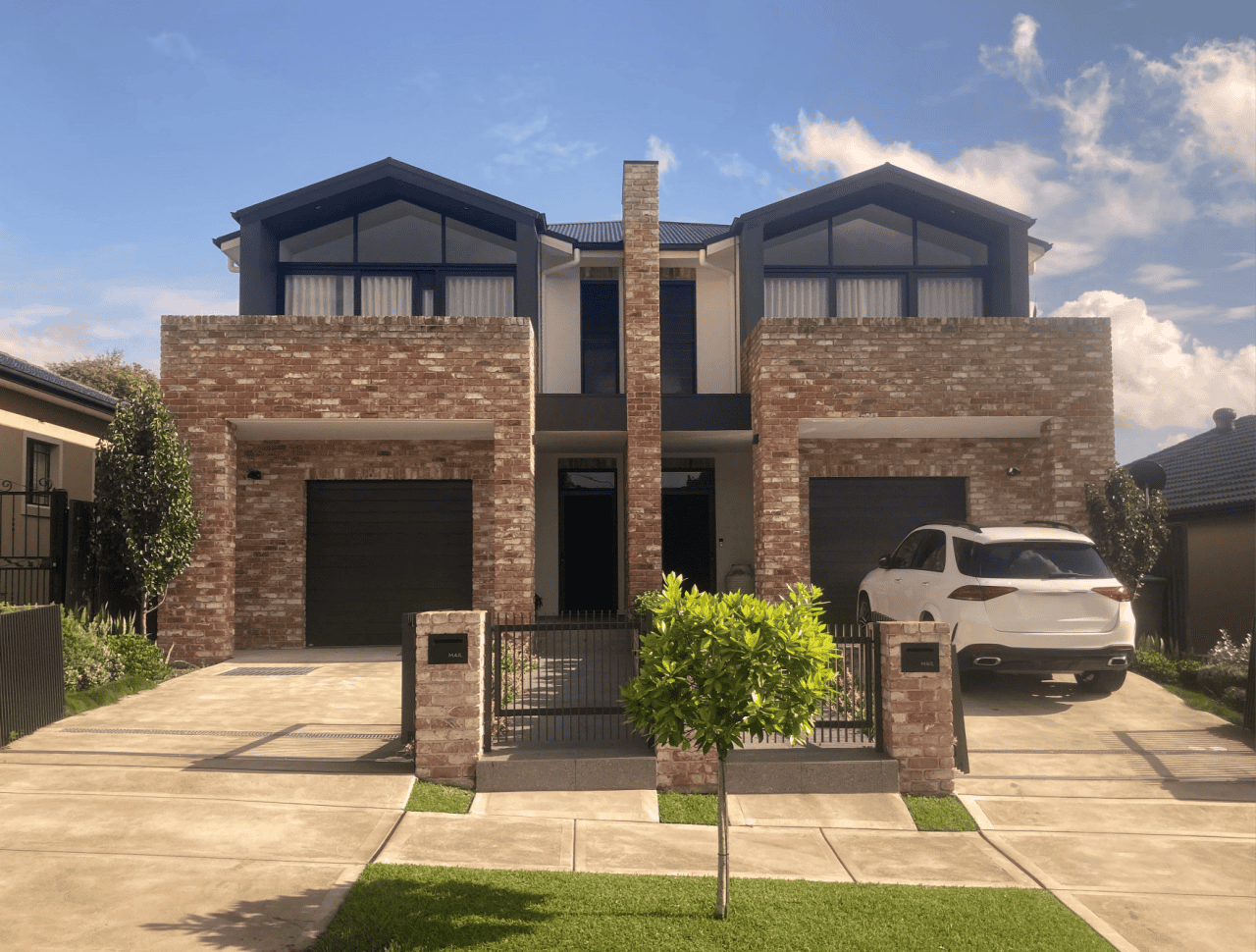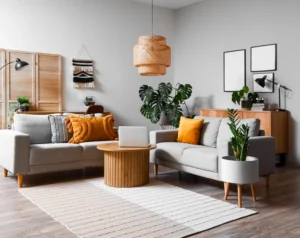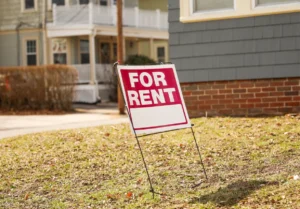Location, price, and privacy should top your list

8 Things to Consider Before Buying a Two-Family House
You may think that it’s a great idea to defray some of the costs of buying your own home by purchasing a two-family house or a duplex and finding a renter to help you cover the mortgage. But you should also consider how such a scenario can change your life, your finances, and the degree of privacy you’ll enjoy.
Key Takeaways
- Purchasing a two-family home can improve your financial situation if you rent out one unit and live in the other.
- You may be subject to stricter mortgage criteria.
- You’ll sacrifice some privacy and your tax filings will become more complicated.
- As a landlord who collects rent, you must keep up with maintenance for the entire building.
- It may be more difficult to resell a two-family rather than a single-family home, depending on the location.
1. Location
Your choice as to where to buy might be significantly limited because multifamily housing isn’t always permitted due to zoning in all neighborhoods. Multifamily housing is defined as anything other than a single-family home. Urban areas often have more multifamily housing units. Suburban areas have more single-family homes or townhouses.
It can be helpful to consider whether the location you choose will be popular for potential tenants and for you and your family to live in as well. You may have a more challenging time finding quality renters and you’ll personally suffer from a lack of nearby amenities if you buy a home in a less desirable area of town.
2. Financing
You could be met with challenges from mortgage lenders when you seek to finance a two-family home. You can use the potential rental income to help you qualify for the purchase but you’ll still need good credit and a low debt-to-income (DTI) ratio to qualify. You’ll also have to come up with a larger down payment, usually 25% or more for multifamily housing.
Banks know that tenants can move out and that you may have to pay the full mortgage yourself until you find another tenant. They take this into consideration.
The federal government does provide some attractive financing options and assistance, however, if you commit to renting to low income, disabled, or elderly tenants. It can be worth considering and looking into.
Important: Mortgage lending discrimination is illegal. There are steps you can take if you believe you’ve been discriminated against based on race, religion, sex, marital status, use of public assistance, national origin, disability, or age. One such step is to file a report with the Consumer Financial Protection Bureau (CFPB) or the U.S. Department of Housing and Urban Development (HUD).
Get a Free Multifamily Loan Quote
Access Non-Recourse, 10+ Year Fixed, 30-Year Amortization
3. Property Cost
Two-family homes usually cost more than single-family dwellings so you’ll not only have to come up with a more significant percentage for the down payment but the down payment itself will tend to be higher. It will likely be based on a more expensive property. Be sure you have the funding to pay for this added cost.
4. Privacy
Your tenants will be able to stop by at any time with questions or problems related to their rental home if you buy a two-family home and you live on one side or downstairs or upstairs. Remember that you’re responsible for making sure everything is in working order if you’re the landlord.
You may hear your tenants through your walls, and they could potentially hear you, too.
You’ll naturally have less privacy than is usual in a shared dwelling if you’re the landlord and your privacy may be subject to even greater infringement if you rent to more than a single tenant, such as someone who’s married, has a roommate, and/or has children.
5. Rent Collection
You should be comfortable with collecting rent from your tenants in person and be ready to face the possibility that they may not pay on time or at all. Their late payment or nonpayment can affect your cash flows and your ability to pay the mortgage if you rely on the rental income to help cover some or all of that cost.
Important: It can take months and may require the cost of hiring legal help if you have to evict your tenants for nonpayment and you’ll effectively be living next door to them while all this is going on.
6. Vacancy Expense
It’s known as a “vacancy expense” when your tenants move out and the rental portion of your property is vacant. You’ll essentially have to cover the whole cost of the vacancy until you get the property rented again, including utilities. You may end up with additional repairs and painting costs between tenants to fix up the property for the next occupant. You may also have to pay for advertising to get a new tenant.
7. Taxes
Preparing your annual tax return will become more complex if you become a landlord. There’s an entire IRS publication dedicated to the rules of residential rental property, Publication 527. You should read it so you don’t break the rules and can avoid getting in trouble with the IRS.
Different chapters cover rental income and expenses, depreciation, reporting requirements, and even rules for your personal use of the property. You must add an entire schedule to your tax return: Schedule E Supplemental Income and Loss. But there also are tax advantages, such as being able to write off expenses connected to earning your rental income.
8. Selling the Property
Selling a multifamily home tends to be more complicated than selling a single-family home. There aren’t as many prospective buyers looking for multifamily housing as there are buyers for single-family housing, and this can make selling more difficult.
You must consider your tenant’s rights to avoid legal tangles when you put the home up for sale if you have someone living in one of the units. And a potential buyer will want to know details of the tenant’s lease agreement with you, whether they want to continue living in the building or not. They’ll want to know what’s included in the rent and whether a security deposit is involved. It may be simplest overall to sell a multifamily home at a time when no tenant occupies the second unit.
What’s the Difference Between One-Family and Two-Family Homes?
A one-family home, often referred to as a single-family, is simply one dwelling. A two-family home is a building with two livable units. A one-family home will have one kitchen. A two-family home will most likely have two kitchens, one in each dwelling.
Should I Buy a Two-Family Home?
You may be able to save some money on your mortgage payments if you’re prepared to live in one unit and rent out the other. And you may be able to get creative on how the space is divided up if you’re planning to rent to a family member.
You’ll both be responsible for the mortgage if you’re buying a two-family home with a family member or a friend. Buying a two-family home can be a way to earn income if you’re comfortable acting as a landlord,
Can I Buy a Two-Family Home and Convert It?
Yes, you can buy a two-family home and convert it into a single-family dwelling. Many two-family buildings were once one-family houses and it’s possible to convert them back.
But you’ll have to be prepared to spend money on renovations that could include hiring structural engineers if you’re planning to move walls or stairs. Turning a two-family home into a one-family residence could be expensive depending on the size and scale of the renovations necessary to convert it.
The Bottom Line
Buying a two-family property can be a great way to help pay your mortgage, but be sure you’re ready to deal with all the issues that will arise when you become a real estate investor and a landlord. You’ll also want to make sure your finances and credit are in order because a two-family property is often a pricier option.
Source: Investopedia













 Accessibility
Accessibility